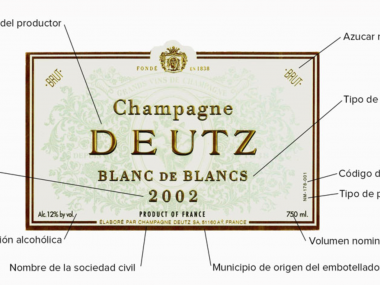
1. Look at the colour
A rosé wine can range in colour from lighter to darker, from pale pink to reddish or purplish. As a first approach to a rosé wine, it is always good to look at the colour, as it will give us important information about the flavours and aromas we can expect from this wine.
While a lighter, paler, more transparent colour indicates fruity and citrus notes, the darker shades of an intense rosé usually denote strawberries and red fruits.
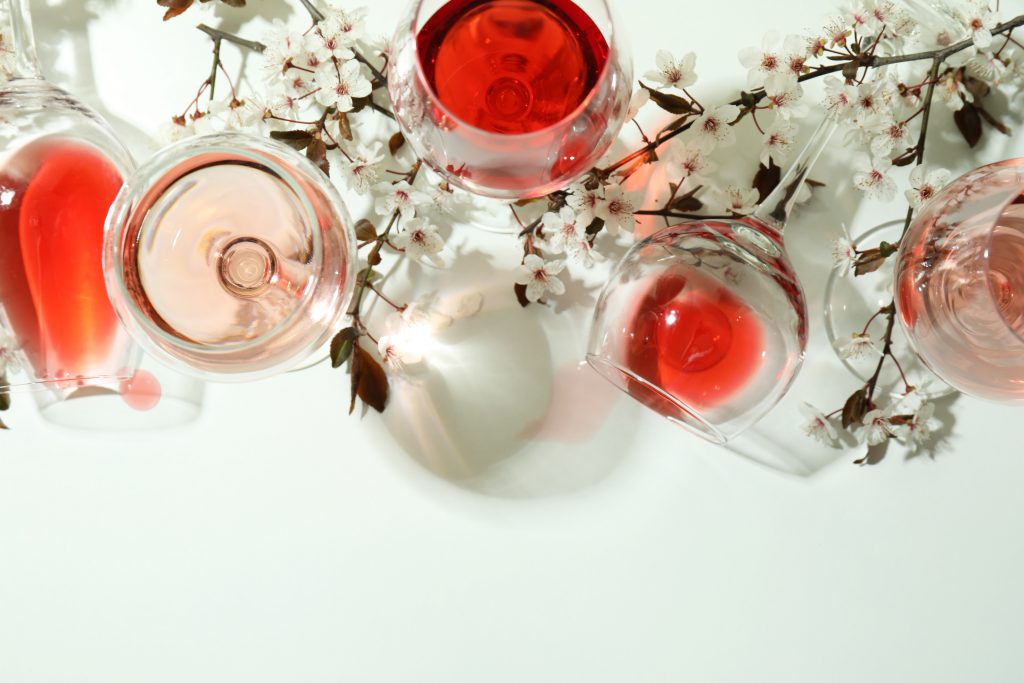
The colour is determined by the maceration time of the must with the grape skins, which can serve as an indicator of the amount of tannins and, therefore, of the complexity of the wine.
It also depends on the type of grape used to make it. While rosé wines made from Syrah and Bobal tend to have a more powerful colour, those made from Tempranillo or Garnacha tend to be lighter. The grape variety is an important factor to take into consideration, as it can give us flavour and aroma characteristics.
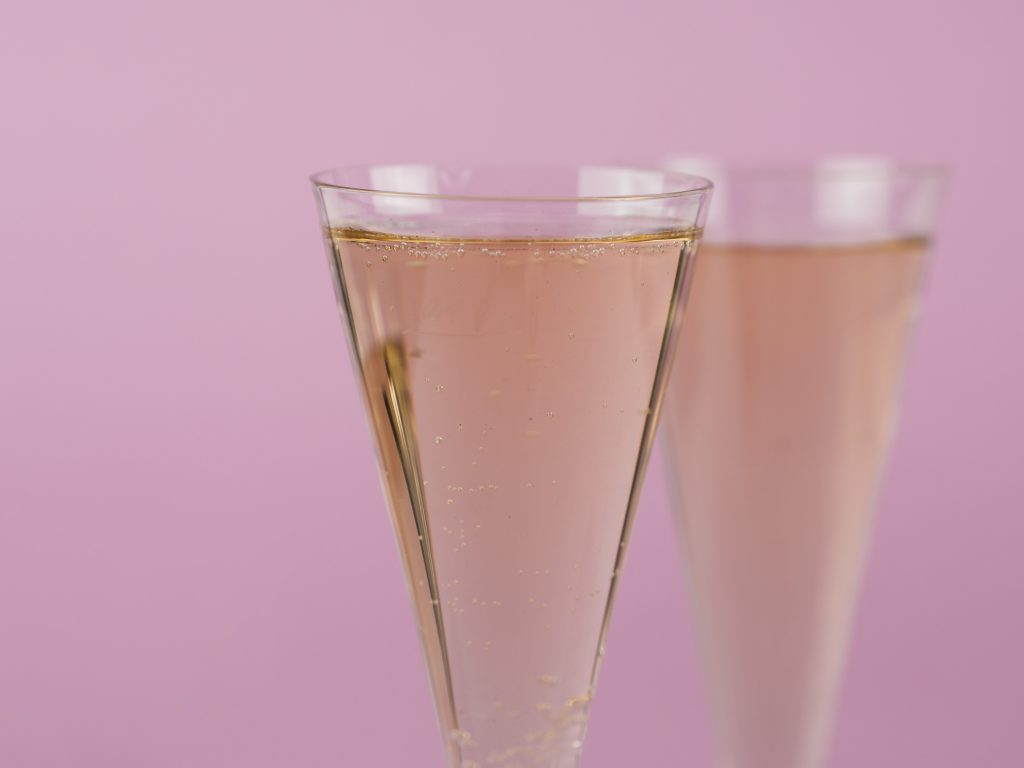
2. Pay attention to the vintage
It is not true that every wine improves with time. On the contrary, this is something that depends on each wine. There are wines that have a long ageing projection, while others are designed to be consumed in a relatively short time.
In the case of rosé wines, unless it is an aged rosé wine, which is a gastronomic rarity, the general rule is “the sooner, the better”. This means that it is recommended to consume them within two years of their harvest.
This is because rosé grapes are selected for their freshness, harvested early and fermented at low temperatures, resulting in a tasty and fresh end product. Often, as they age, their flavour tends to flatten out.
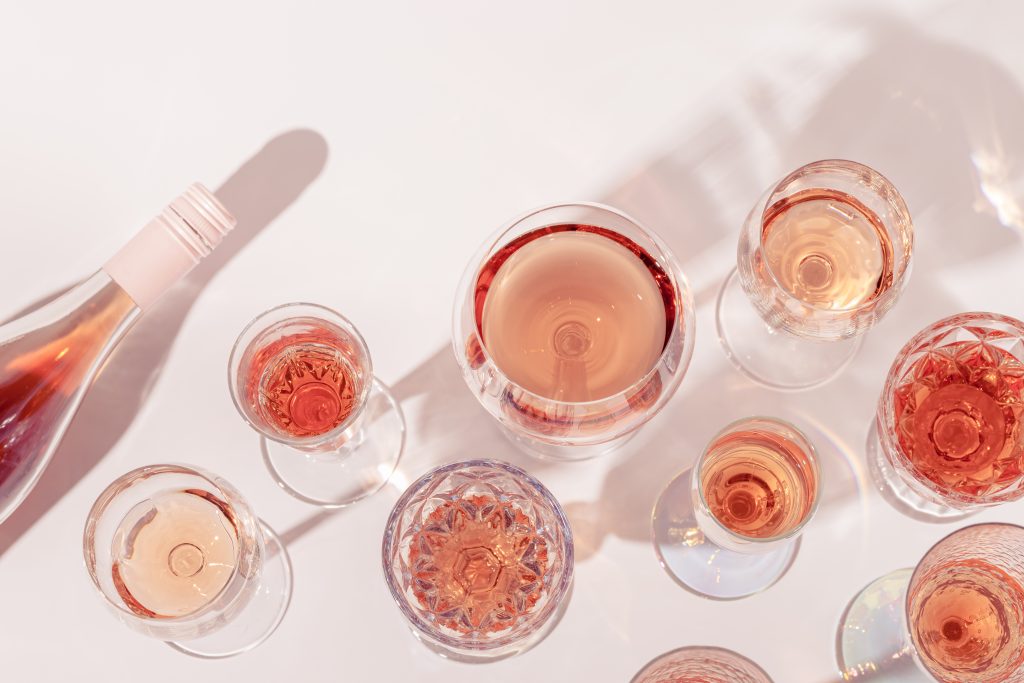
3. Look at the alcohol volume
For a rosé wine to have that characteristic lightness, it must have – in general terms – an alcohol content of no more than 13 degrees. This does not mean that rosé wines with a higher alcohol content are not good, but that they will not have the freshness that we usually look for in a rosé wine.
The amount of alcohol can also serve as an indicator of how sweet or dry your rosé wine is, although the label itself can often provide us with this information.
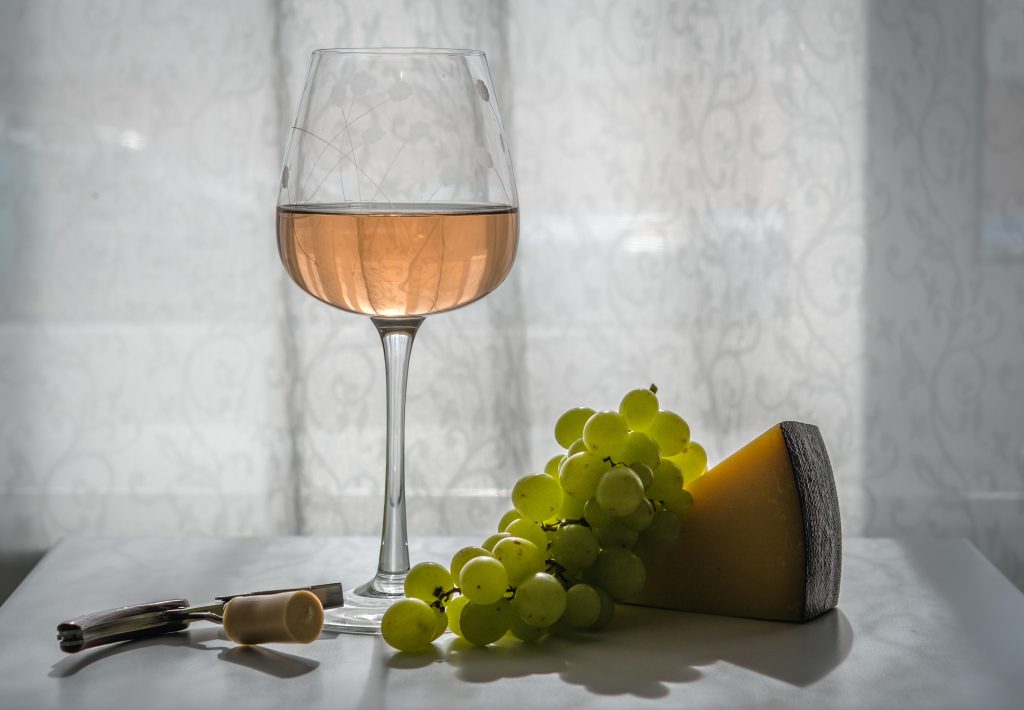
4. Check where it was made
Although the origin of the wine does not have to be an exclusive indicator, it can sometimes serve as a guide to know where to start. If you have to try a rosé wine for the first time or you are a bit lost, there are some regions that are usually a sure bet, such as Provence (Italy), California, Bordeaux (France) or the north of Spain.


